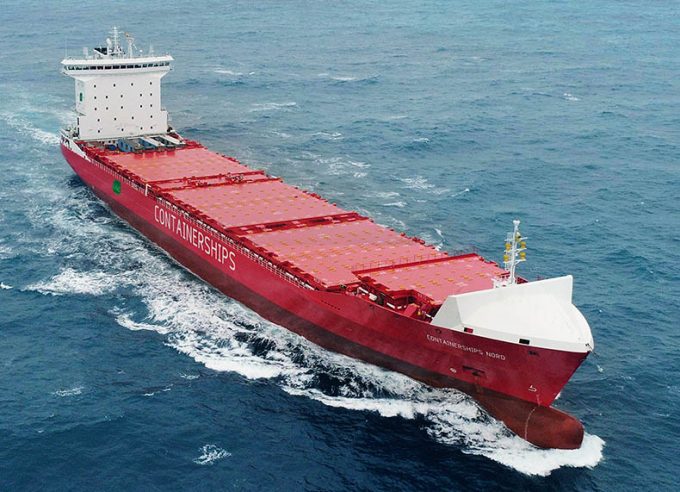CMA CGM South Korean staff strike over bonuses after bumper 2024 profit
CMA CGM’s employees in its South Korea office have gone on strike for increments and ...

CMA CGM shortsea subsidiary Containerships has received its fourth LNG-powered vessel, the 1,380 teu Containerships Arctic.
The vessel will bunker with approximately 200 tons of LNG at Rotterdam and will be deployed on the intra-European carrier’s Baltic service after a period covering for CMA CGM on ...

Comment on this article